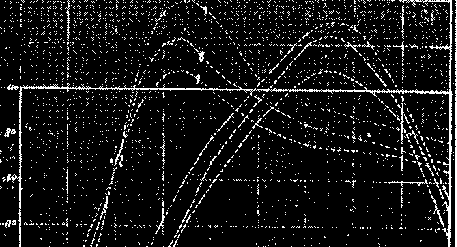In order to be able to compare the performance of different aerofoil designs the Wright Brothers plotted graphs of the forces that they measured in their experiments. The lift and drag forces are conventionally plotted together against the angle of incidence.

Can you predict how these lift and drag curves will change as you drag down on the aerofoil?
You can see from the lift curve that for this aerofoil the angle at which it will stall is around 15 degrees. In modern planes the pilot is given a warning as the stall angle is approached but the early pioneers just had to rely on their judgement.
The data from the lift and drag curves can also be combined to create the lift/drag (L/D) curve. It is calculated by dividing the lift coefficient by the drag coefficient for each measured angle of attack, and is an important tool for relating the performance of different aerofoil sections.
A simple 'kitchen sink' experiment can demonstrate the starting vortex - the real explanation for why air flows more quickly over the top of the aerofoil